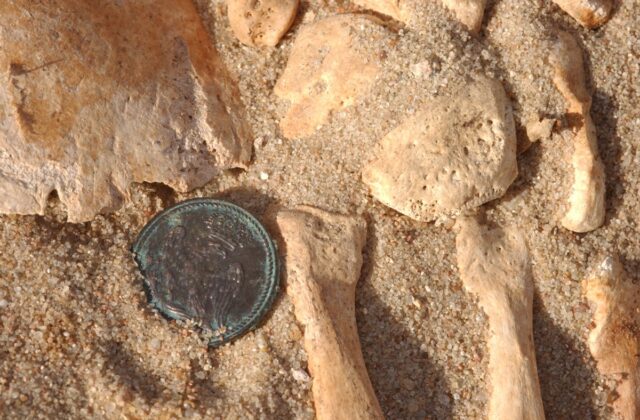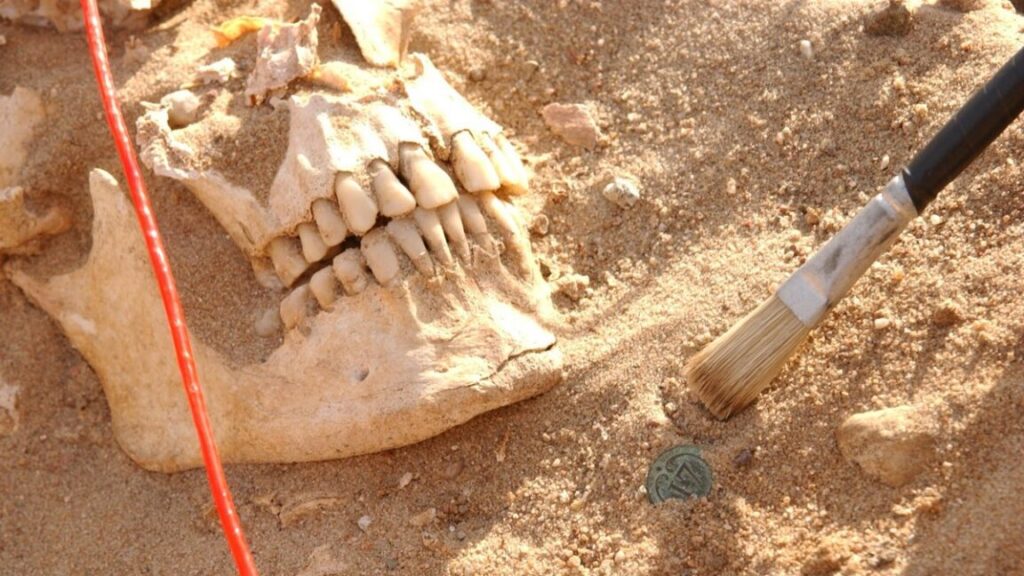DNA analysis reveals likely pathogens that killed Napoleon’s army
State-of-the-art methodologies

Rascovan and his co-authors note in their paper that the 2006 study relied upon outdated PCR-based technologies for its DNA analysis. As for the virus family detected in the Kalingrad dental pulp, they argue that those viruses are both ubiquitous and usually asymptomatic in humans—and thus are unlikely to be the primary culprits for the diseases that wiped out the French army. So Rascovan’s team decided to use current state-of-the-art DNA methodologies to re-analyze a different set of remains of Napoleonic soldiers who died in Vilnius.
“In most ancient human remains, pathogen DNA is extremely fragmented and only present in very low quantities, which makes it very difficult to obtain whole genomes,” said Rascovan. “So we need methods capable of unambiguously identifying infectious agents from these weak signals, and sometimes even pinpointing lineages, to explore the pathogenic diversity of the past.”
An 1812 report from one of Napoleon’s physicians, J.R.L. de Kirckhoff, specifically noted typhus, dysentery, and diarrhea after the soldiers arrived in Vilnius, which he attributed to large barrels of salted beets the starving troops consumed, “greatly upsetting us and strongly irritating the intestinal tract.” Rascovan et al. note that such symptoms could accompany any number of conditions or diseases common to 19th-century Europe. “Even today, two centuries later, it would still be impossible to perform a differential diagnosis between typhus, typhoid, or paratyphoid fever based solely on the symptoms or the testimonies of survivors,” the authors wrote.

Imperial Guard button discovered during excavation. Credit: UMR 6578 Aix-Marseille Université, CNRS, EFS
Over 3,200 individual remains, almost all men between the ages of 20 and 50, were excavated from the mass grave at Vilnius. Rascovan et al. focused on 13 teeth from 13 different individuals. To compensate for the degraded nature of the 200-year-old genome fragments, co-authors at the University of Tartu in Estonia helped develop a multistep authentication method to more accurately identify pathogens in the samples. In some cases, they were even able to identify a specific lineage.
DNA analysis reveals likely pathogens that killed Napoleon’s army Read More »




